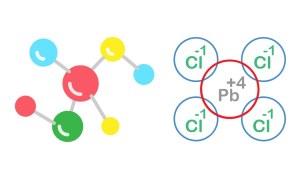When it comes to buying and selling gold, various terms and markings are used to indicate the quality, purity, and sometimes the origin of the gold. One of the terms you might encounter is LKG. While it is not as widely recognized as other common terms like “karat” or “999,” LKG is still significant in certain contexts, particularly in markets dealing with gold in India and other South Asian countries.
1. LKG – An Acronym for “Little Known Gold”
In some instances, LKG is used as an acronym for “Little Known Gold.” This term is typically applied to gold that is sold under informal or non-standardized conditions. The term suggests that the quality or purity of the gold may not be as clearly defined or as well-known as that of internationally recognized brands or sources. Gold marked as “LKG” may be sourced locally or have uncertain provenance, making it essential for buyers to take extra precautions when purchasing such gold.
Considerations when buying LKG gold:
- Lack of certification: Unlike gold that is marked with a standard purity measure (like 24k or 22k), LKG gold may not come with a hallmark or certification.
- Risk of impure gold: Since the purity of LKG gold is not always guaranteed, there is a possibility of lower-quality gold being sold under this label.
- Local variations: The term “Little Known Gold” may be used informally in different regions, so its meaning could vary depending on the market or seller.
2. LKG as a Purity Mark
In certain cases, LKG may also refer to a specific purity level, though this is rare. The marking could potentially indicate a specific level of purity or a particular alloy of gold. However, such uses are not as common or standardized as the more widely used markers like “24K” (pure gold) or “22K” (gold mixed with alloys).
If you come across “LKG” on a gold piece and it appears to be related to purity, it’s essential to ask the seller for clarification and seek a proper assay or purity certificate. Without a formal certificate, it can be difficult to determine whether the gold meets your expectations for quality.
3. Hallmarking and Certification
Gold that is officially certified and tested for purity will often carry a hallmark, which is an official mark that certifies the purity of gold. This mark, which is regulated by government standards in many countries, ensures that the gold’s purity meets legal requirements.
For example:
- 24K Gold: Pure gold, or 999 fine gold, with a purity of 99.9%.
- 22K Gold: Contains 91.6% gold mixed with other metals, often used in jewelry.
- 18K Gold: 75% gold, with the remaining portion made up of other metals.
If you are purchasing gold and see “LKG,” it may be worth requesting more details to ensure that it is correctly authenticated and tested for purity, especially if you are unfamiliar with this term.
In summary, LKG on gold typically stands for “Little Known Gold,” a term that may indicate that the gold is not as widely recognized or certified as standard, high-purity gold products. While it may be sold locally, the buyer should be cautious and seek additional verification of its purity and authenticity. Always ensure that the gold comes with proper certification or hallmarking, especially when purchasing higher-value items.
If you are uncertain about what “LKG” means in a particular gold purchase, it’s advisable to ask the seller for more information or consult with an expert in gold purity testing. This will help you avoid potential confusion and ensure you are making an informed purchase.




Leave a comment